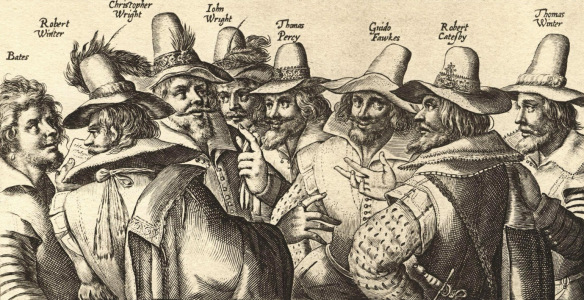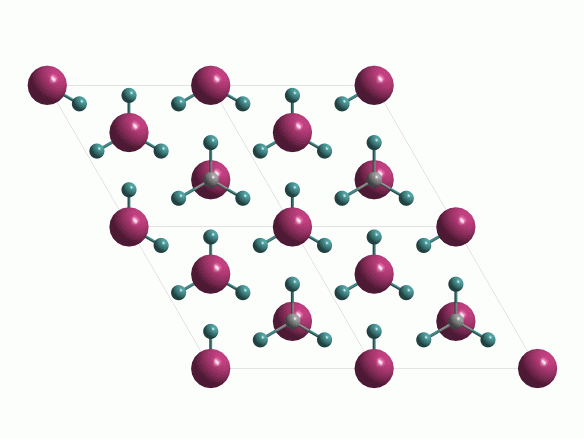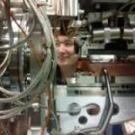Remember, Remember the 5th of November, Gunpowder, Treason and Plot…
Today is the 5th November, known throughout the UK as Bonfire Night. It is a time of year when we are all careful to wear gloves when handling the sparklers we purchased at the pop-up firework shop and revel in the spectacular displays put on by local councils. The history behind bonfire night, or Guy Fawkes night as it is also known, dates back to 1605 when Guy Fawkes failed to blow up the Houses of Parliament.

Figure 1: Gunpowder plot conspirators. From http://en.wikipedia.org/wiki/Guy_Fawkes#mediaviewer/File:Gunpowder_Plot_conspirators.jpg
Guy Fawkes and his fellow plotters had managed to gain access to one of the undercrofts of the House of Lords and Fawkes was in charge of guarding the gunpowder they intended to use. However, someone sent an anonymous letter to the authorities of the day and on 5th November they found Guy Fawkes and the gunpowder. Guy Fawkes was questioned and eventually broke, confessing the plot, and was executed. It is his effigy that is traditionally burned at the bonfires of November 5th and gives us the phrase "Penny for the Guy".
But more interesting to us here at Crystallography365 is the composition of the gunpowder mixture that the plotters intended to use.
Gunpowder has three major components (here's the disclaimer to not try this at home, please, dear reader), Niter – KNO3 ( also known as Saltpeter), Sulfur and Charcoal. The sulfur and charcoal act as fuels, and the saltpeter is an oxidizer.
Sulfur: This blog post from the weekend talks about the structure of Sulfur.
Charcoal: Technically charcoal isn't crystalline and it isn't not crystalline … it is made of carbon. While there are lots of 6-fold carbon rings in charcoal, they are not all joined up as they would be in graphite. This makes them difficult to "see" using diffraction techniques.
Niter – KNO3: Potassium nitrate is a very useful compound. It has long been used as a fertilizer and food preservative, as well as in gunpowder. The earliest known record of a method to purify KNO3 comes from Syria in 1270. It is an orthorhombic ionic salt, which dissolves readily in water. Figure 2 shows the structure at room temperature.

Figure 2: KNO3 structure. K is purple, N grey and O green. This was drawn using the Diamond Crystal Structure Visualisation software.
It is also very handy as a temperature calibrant in variable temperature diffraction experiments. KNO3 transforms from Orthorhombic to Trigonal at 129 °C before melting at 334 °C. This means that if I heat it the diffraction pattern will change at those temperatures exactly, so if my thermometer is saying a different temperature when that happens then I can systematically work out how to correct it so that I know what temperature I am at.
Where did the structure come from?
The picture shown above is from: J. Nimmo and B. Lucas, The crystal structures of gamma- and beta-KNO3 and the alpha-gamma-beta phase transformations. (1976), Acta Cryst. B32, 1968 – 1971.



